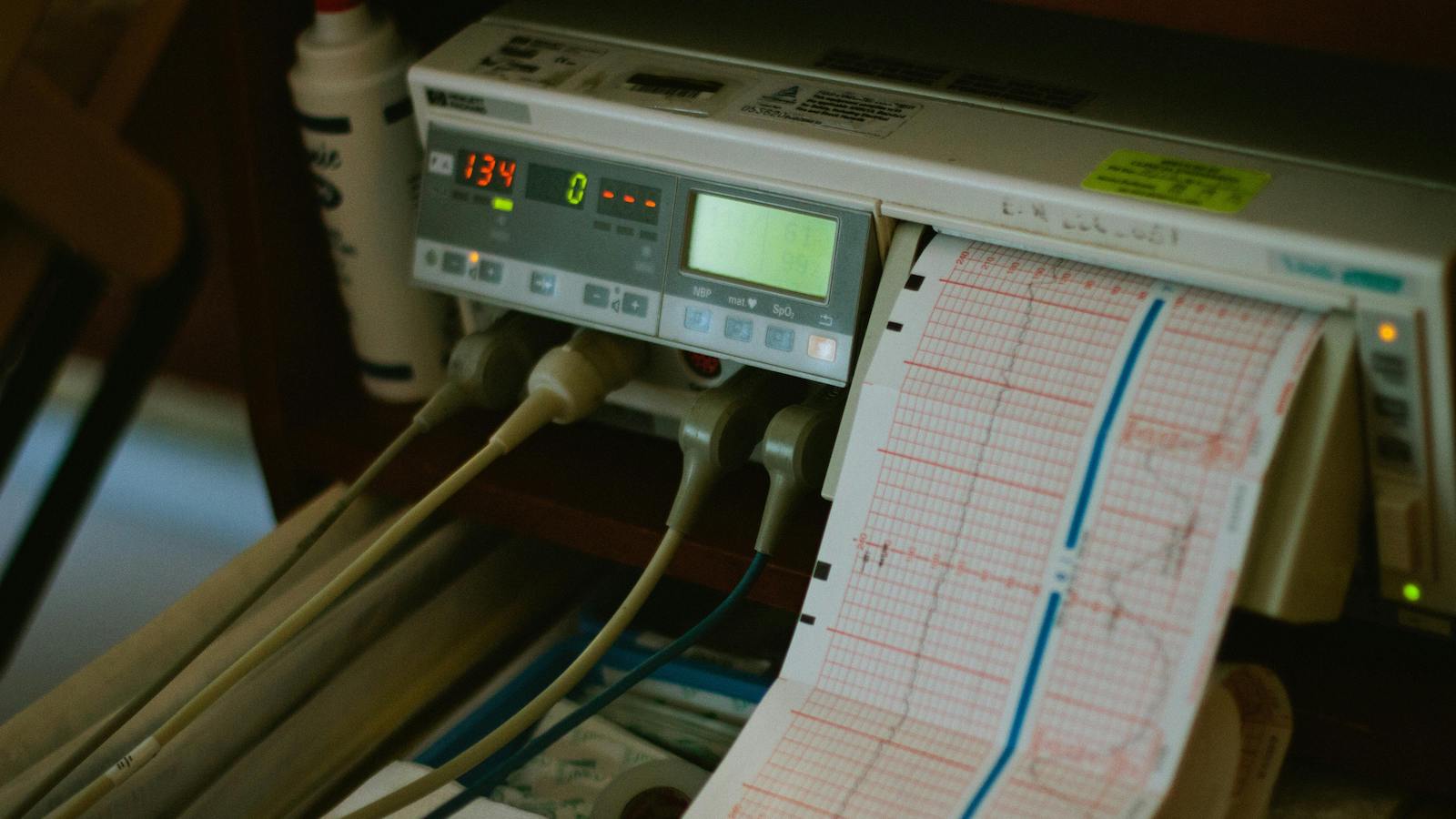Total drug spending is expected to hit $535 billion in the U.S. in 2018, which is almost 17% of all personal healthcare spending, according to The Wall Street Journal. In the aggregate, that’s an awful lot of money on the table. But most of us don’t live in the aggregate. The prescription drug spending we care about as individuals is what’s being talked about around our kitchen tables -- especially for the millions of Americans choosing a health plan during this open enrollment period.
For those of us in this group, understanding whether and how our prescription drugs are covered, and how each element of the healthcare (and insurance) mix will contribute to our total cost of healthcare, is crucial. Selecting the wrong plan can be costly. Very costly.
Health plans -- also complicated
When we think about our personal healthcare expenditures, we tend to focus on out-of-pocket spending, i.e., what comes out of our wallet beyond what we pay for our monthly premiums. Understanding how much an individual will pay out-of-pocket for a prescription drug completely depends on the benefit design of the health plan. Premiums, co-pays, deductibles, co-insurance and other health expenses all play a contributing role. So where does one start, to figure out which plan to choose, based on the drugs they take?
See also: 5 Apps That May Transform Healthcare
Formularies are a starting point
A formulary is the list of drugs attached to a specific health plan that shows whether a drug is covered by that plan, and what tier level the drug falls into. Formularies can vary greatly. Certain drugs will be covered by a health plan’s formulary; others will not. The same drug might be covered at different tier levels for different health plans. All of this funnels into what an individual will pay for a prescription drug. If an individual takes a drug on a regular basis, it’s crucial to check the formulary connected to all health plans being considered during this open enrollment. You do not want to show up at the pharmacy, prescription in hand, and find that your drug is not covered and that you’re completely on the hook for it. Doing the extra research now can save thousands of dollars over a year.
A lesson from Crestor
To better understand how out-of-pocket costs for prescription drugs can vary, let’s walk through a real-life example: Crestor, which, with 21.4 million prescriptions written for it per month, is a popular branded drug that helps patients with high cholesterol. Data scientists at Vericred, a healthcare data services company, reviewed multiple health plans in the state of New York for individuals under the age of 65 in 2016 to see specifically what the cost range was for Crestor. Below are results for four different examples of plans that cover this drug. GoodRx estimates the cost for a 30-day supply of 20mg Crestor to be $324.
New York Platinum Plan
Plan details: $0 deductible, $30 co-pay for a monthly supply
Total cost for Crestor for the year on this plan is $360.
Total healthcare cost, including monthly premium of $740, is $9,240
New York Gold Plan
Plan details: $750 deductible, $35 co-pay (deductible not required for drug co-pay)
Total cost for Crestor for the year on this plan is $420.
Total healthcare cost, including monthly premium of $605, is $9,420
New York Silver Plan
Plan details: $2,250 deductible, $45 co-pay (co-pay applied once deductible is met)
Total cost for Crestor for the year on this plan is $2,448.
Total healthcare cost, including monthly premium of $473, is $8,136
New York Bronze Plan
Plan details: $4,000 deductible, $35 co-pay (co-pay applied once deductible is met)
Total cost for Crestor for the year on this plan is $3,888.
Total healthcare cost, including monthly premium of $414, is $8,864
An individual in New York using Crestor can pay anywhere from $360 a year out-of-pocket to $3,888 a year out-of-pocket for the exact same drug. That’s a range of more than $3,500 depending on the health plan the individual selects.
However, the drug cost isn’t the only consideration. If you look at the amount spent on Crestor alone, you might be inclined to select the Platinum plan with $0 deductible and a total expenditure of $360 for the year on Crestor. However, if you add in the monthly premium, and look at the full picture, it becomes apparent that the Silver plan is the best choice in this example. Even though the amount spent on Crestor is $2,448 (vs $360 on the Platinum plan), the total amount spent on healthcare for the year is $1,100 less than that of the Platinum plan.
The example may be simple, but the issue is complex
As noted above, this example is simplified. Oversimplified. In real life, the issue is more complex. There may be additional prescription drugs to consider and other out-of-pocket costs for co-pays and deductibles. Someone with that high-deductible plan may have an accident on New Year’s Day that takes care of their deductible for the year. Then spending on Crestor becomes nothing more than the monthly co-pay.
But this example, as oversimplified as it may be, demonstrates the massive gap in spending for prescription drugs that exists among different health plans. It also demonstrates how important it is to find a plan that fits an individual’s needs. As an individual’s circumstances change, so does the math. The more conditions that need to be treated, the more office visits will be required and the more drugs will need to be taken. Every element affects the deductible and co-pay, which in the end affect the total amount spent on healthcare.
See also: Not Your Mama’s Recipe for Healthcare
When it comes to picking a health plan, prescription drugs make the choice more complicated, and there’s no one simple solution. But new technology is helping to uncomplicate matters.
While the healthcare industry still has a way to go before purchasing a health plan is as easy and straightforward as booking a trip on Expedia, transparency and technology are giving today’s consumers the opportunity to more easily weigh healthcare and cost decisions. Many decision support tools and health tech companies are just getting started. But, there are options out there to help individuals understand and act on their choices. GetInsured, Policy Genius and Take Command Health are excellent platforms, providing tools that help consumers find health plans that fit them uniquely. Some of these platforms even include different ways to search by doctors, prescriptions and conditions that need to be covered. The technology is only getting better – and better consumer decisions on healthcare plans are sure to follow. Consumers will have the opportunity to make truly informed choices - choices that can end up saving them thousands of dollars.
Prescription drugs will remain a major part of the healthcare spending mix for the foreseeable future. What individuals need to focus on is how drug costs affect their personal bottom line. Emerging technology will help them do just that.
How to Pick a Health Plan (Carefully)
Prescription drugs need to be a major consideration because there is a massive difference in spending among different health plans.





